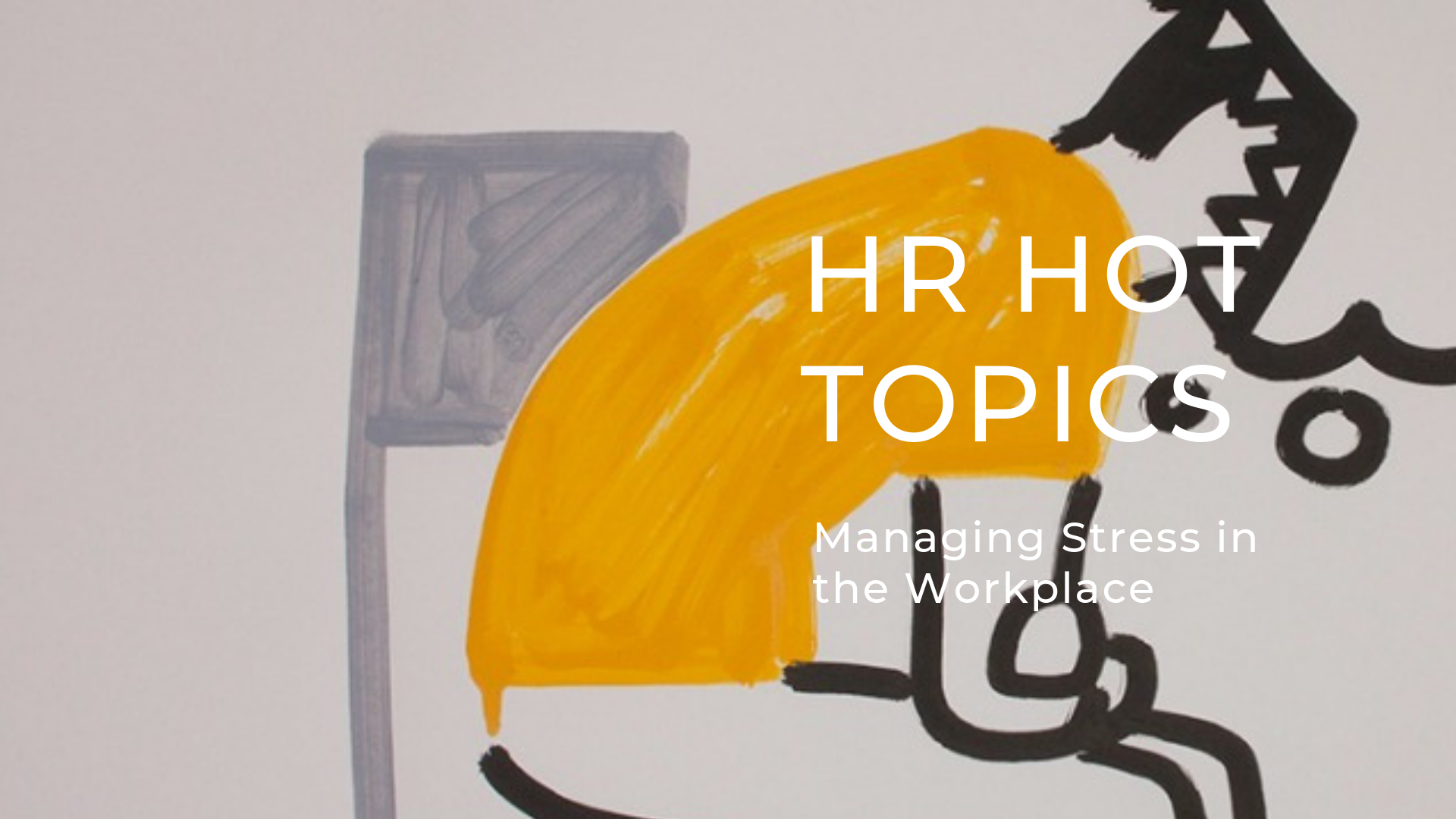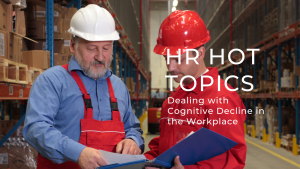Keeping a handle on team sickness levels has long been a core aspect of the HR professional’s role. As well as the obvious effects on performance, I think that every organisation would like to think it facilitates a supportive workplace. A certain level of absence is inevitable, for the usual bugs and occasionally something more serious, there is however an increase in absence that may be caused by the workplace – stress.
According to the CIPD’s 2018 Health and Wellbeing at Work Survey (produced in partnership with Simply Health) two-fifths of organisations reported an increase in stress-related absence over the last year. Looking at the figures, stress is ranked in the top three causes of both short-term and long-term absence.
Whilst some of the causes of stress listed were non-work related, such as relationships and family, the majority of the other factors are however very much driven by the workplace, the top three being:
- Workloads/volume of work
- Management style
- Relationships at work.
It therefore makes sense that if many of the factors that cause stress are work related, a great deal can be done to tackle it.
A recent People Management article outlined some of the steps organisations can take to address the issue of stress. The first two are the rather obvious ones, outlining the need to watch out for early signs and to promote wellbeing. What I think is more interesting and useful is the area of supporting employees. The article lists what it refers to as ‘small and inexpensive measures’, such as flexible working, but I think it is these that can have a greatest impact.
If we take a look at some other research, this time the CIPD’s April 2016 Employee Outlook, there are some interesting findings. This takes a broader look at the situation and reveals the impact of practices such as flexible working. People who work flexibly are much less likely to report being under excessive pressure than people who don’t work flexibly. The rest of the report gives interesting information about commuting to work and work-life balance and I feel this highlights the need to consider the whole person and not just the person that presents themselves in the office for 8 hours a day.



